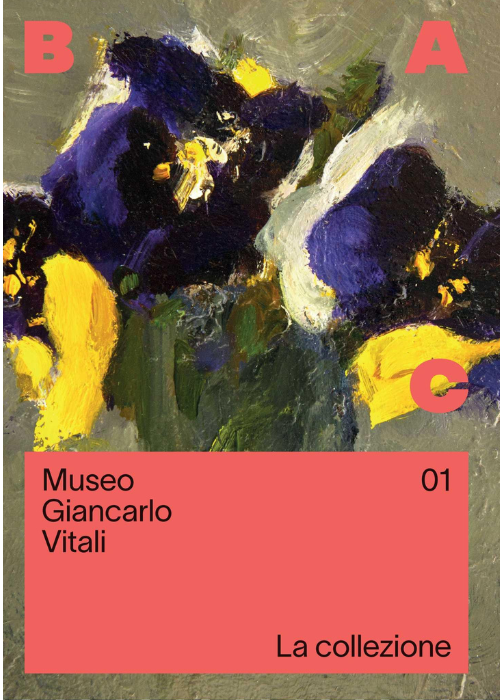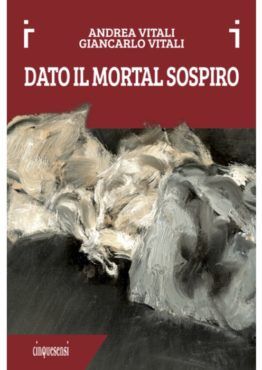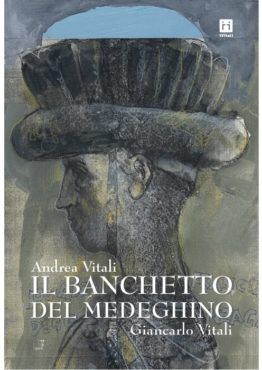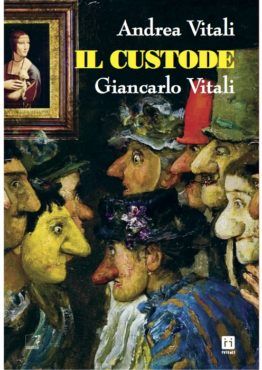Il Museo Giancarlo Vitali ospita un’esposizione permanente di cento opere del pittore e incisore nato a Bellano nel 1929.
La collezione comprende una selezione significativa dalla sua vasta produzione, realizzata nell’arco di settant’anni, ed è allestita nelle sale del piano terra di Palazzo Lorla, sulla sponda orientale del Lago di Como.
Il Museo è nato per rendere omaggio a un artista che ha saputo confrontarsi con le tematiche figurative del Novecento, dalle quali ne ha estratto i caratteri identitari per nutrire la sua pittura. Fortemente radicata nella tradizione lombarda, l’arte di Giancarlo Vitali dialoga costantemente con la Storia dell’arte, traendo ispirazione dal lago e dalla terra d’origine. Questi elementi, spesso utilizzati come riferimento e metafora, sono stati tradotti in un linguaggio pittorico che ha superato i confini regionali, grazie anche al riconoscimento della critica nazionale e internazionale.
Il catalogo ne raccoglie gli elementi più significativi.
Nessun uomo è un’isola e, per quanto Giancarlo Vitali abbia trascorso la vita a sottrarsi ai clamori del sistema dell’arte, alle tendenze, ai gruppi e ai luoghi deputati, riparare nel suo borgo sul lago non lo ha reso immune ai rapporti col mondo, con la storia presente, la storia passata e, soprattutto, con la storia universale. Proprio come l’opera d’arte che non esiste da sola, non è una monade o un’entità autonoma, ma vive di relazioni, radici e spore, l’isola-paese di Vitali aveva rizomi allungati nella terra, ai piedi della montagna, infiltrati nel tessuto cittadino fino al midollo; ma aveva anche antenne tese, parabole orientate verso i moti delle cose e sensibili ai venti culturali risaliti da sud seguendo la Breva o scivolati veloci da nord come il Tivano.
The Giancarlo Vitali Museum houses a permanent exhibition of one hundred works by the painter and engraver born in Bellano in 1929.
The collection includes a significant selection from his vast production, realised over seventy years, and is set up in the rooms on the ground floor of Palazzo Lorla, on the eastern shore of Lake Como.
The Museum was created to pay homage to an artist who knew how to confront the figurative themes of the twentieth century, from which he extracted the identifying features to nourish his painting. Firmly rooted in the Lombard tradition, Giancarlo Vitali’s art constantly dialogues with the history of art, drawing inspiration from the lake and his homeland. These elements, often used as reference and metaphor, have been translated into a pictorial language that has transcended regional borders, thanks also to the recognition of national and international critics.
The catalogue collects the most significant elements.
No man is an island and even though Giancarlo Vitali has spent his life avoiding the clamour and hype of the art world, passing trends, specific groups and designated places, taking refuge in his village on the lake has not made him immune to dealings with the world, with present history, past history and, above all, universal history. Just like a work of art that does not exist on its own, that is not stand-alone unit or an autonomous entity, but lives through relationships, roots and spores, Vitali’s island-village had rhizomes stretching into the ground at the foot of the mountain, infiltrating the very fabric of the city to its core. But it also had antennas reaching out, satellite dishes tuned in to the motion of the elements and sensitive to the cultural winds coming up from the south with the Breva or slipping quickly in from the north like the Tivano.





